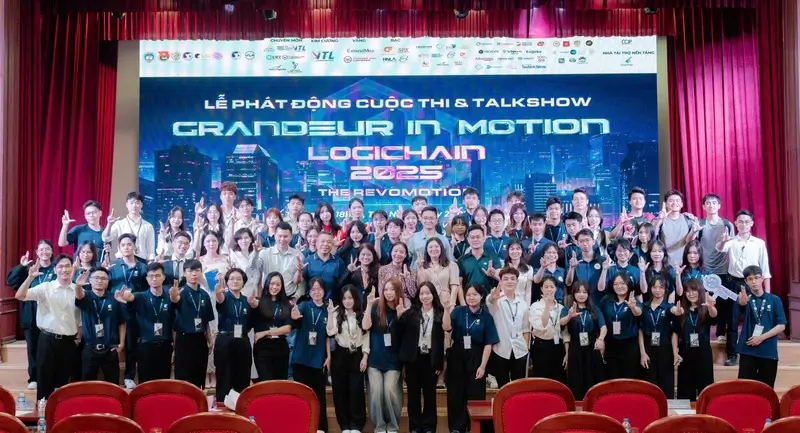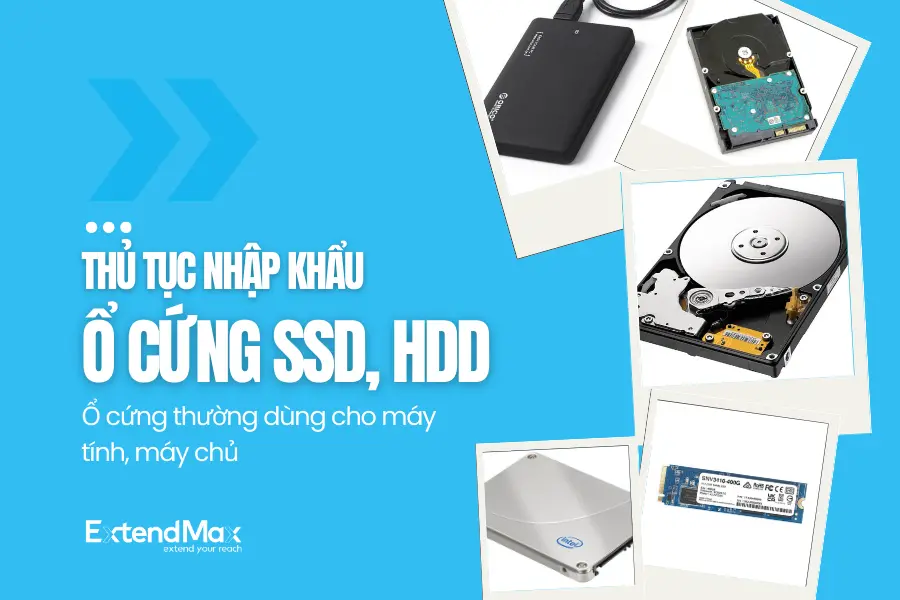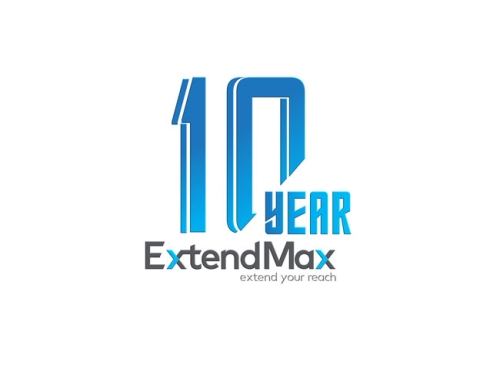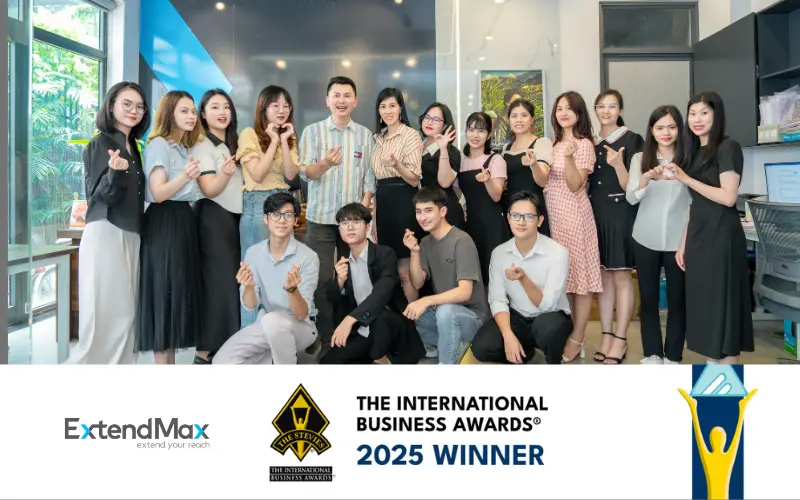TCVN 13371:2021 Energy Efficiency standard for desktop computer and all-in-one computer has been released and supposed to be enforced from 01 Jan 2025. Fortunately, organizations can apply for voluntary testing and energy efficiency label declaration of conformity before mandated date.
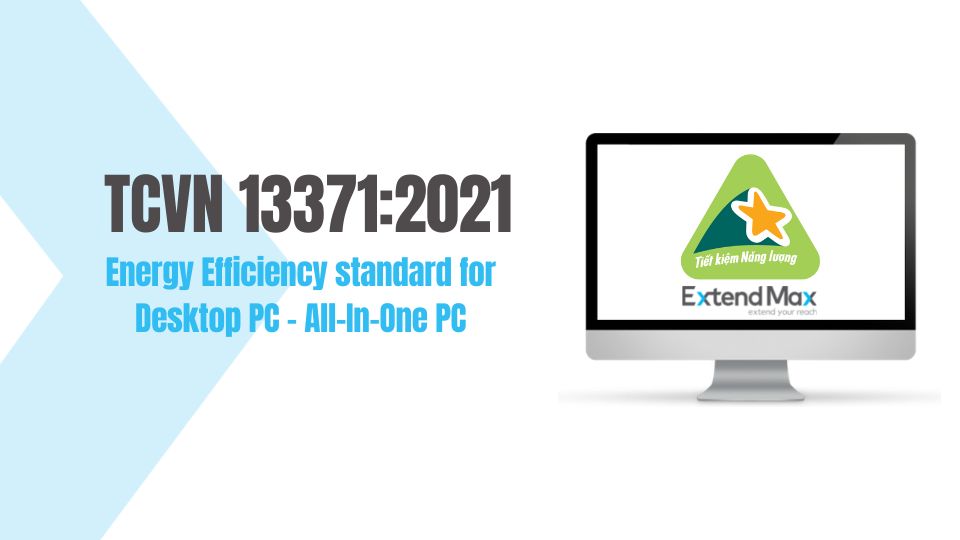
According to WiKi, a desktop computer (often abbreviated desktop) is a personal computer designed for regular use at a single location on or near a desk due to its size and power requirements. The most common configuration has a case that houses the power supply, motherboard (a printed circuit board with a microprocessor as the central processing unit, memory, bus, certain peripherals and other electronic components), disk storage (usually one or more hard disk drives, solid state drives, optical disc drives, and in early models a floppy disk drive); a keyboard and mouse for input; and a computer monitor, speakers, and, often, a printer for output. The case may be oriented horizontally or vertically and placed either underneath, beside, or on top of a desk.
So what kind of desktop PC will be fallen under scope of the TCVN 13371:2021?
According to the TCVN 13371:2021, below list of products are fallen under its scope:
1) Desktop computer
2) All-in-one computer
The TCVN 13371:2021 is not applied to thin client, workstation, and POS machine
Full contents of TCVN 13371:2021
| TCVN | NATIONAL STANDARD |
TCVN 13371:2021
First Edition
DESKTOP COMPUTERS – ENERGY EFFICIENCY
HANOI – 2021
Preamble
TCVN 13371:2021 is drafted by TCVN/TC/E1 National Technical Standard Committee on Electrical Appliance, proposed by the Directorate for Standards, Metrology and Quality, and promulgated by the Ministry of Science and Technology.
Desktop computers – Energy Efficiency
This standard specifies energy efficiency levels and methods for determining energy consumption for desktop computers, even integrated desktop computers, and are referred to collectively as Desktop Computers in this standard.
This standard does not apply to point of sale (POS) machines, workstations, and thin client computers.
The following references are mandatory for the application of this standard. For the references showing the year of publication, the listed on shall be applied. For the references not showing the year of publication, the latest version, including the amendments, shall be applied.
TCVN 11847:2017 (IEC 62623:2012), Desktop and Notebook computers – Measurement of energy consumption.
IEC 61966-2-1, Multimedia systems and equipment – Colour measurement and management – Part 2-1: Colour management – Default RGB colour space – sRGB
Terms and definitions provided under TCVN 11847 (IEC 62623) shall be applied with others as follows:
3.1
Desktop Computer
Desktop Computers are designed specifically for setting up in stability, normally on the table or the floor. Desktop computers uses separated keyboard and mouse, are not designed for portability. Desktop computers are used for the purposes of family and office.
3.2
Integrated Desktop Computer
The desktop computer that integrates a display and a computer into the same case, receiving AC power from a supply cable. The integrated desktop computer can be one of the below two kinds:
- Built-in display and computer in the same case;
- The computer as a only product and the display is detached, connected with the main case by a DC power cable and both the displays and computers are connected by a one-and-only power supply.
3.3
Point of Sale
POS
The device does not use internal components which are used in desktop computer or ordinary integrated desktop computer, including processors, circuit boards, and memory.
3.4
Thin client
Independently powered computers that rely on connections to remote computers (e.g. servers, workstations) to perform their primary function. The main computing functions (e.g. program execution, data storage, interaction with other Internet resources) are provided by the remote desktop resources. Thin client computers covered by this specification are limited to devices that do not have storage integrated with the computer and are designed to be used at a fixed location (e.g. a working desk) and not movable.
3.5
Enhanced-Performance Integrated Display
EP
The built-in computer display which has all of the following characteristics and features:
a) Contrast ratio of at least 60:1 at a horizontal viewing angle of at least 85°, with or without display cover;
b) Original resolution is greater than or equal to 2.3 megapixels; and
c) The least RGB color gamut as defined by IEC 61966-2-1. Changing the color space is possible provided that 99% or more of the defined RGB colors are supported.
3.6
Typical energy consumption
TEC
A computer's power consumption amount, used to compare to the energy performance of similar computers, typically focuses on the typical power consumption of a desktop computer for a given profile, in normal operation during a representative period of time. In this Standard, the profiles specified in the Table 1.
3.7
Base energy consumption
TECbase
Energy consumption amount of a desktop computer having basic configuration.
3.8
Adder energy consumption
TECadder
Amount of energy consumption of additional components compared to the basic configuration including memory, graphics card, storage, display and Ethernet.
3.9
Maximum typical energy consumption (maximum TEC)
TECmax
The total amount of base energy consumption and adder energy consumption.
4. Requirements for energy performance
4.1 Sleep mode activation time of system
Sleep mode activation time of system must not exceed 30 minutes.
4.2 Sleep mode activation time of display
Sleep mode activation time of display must not exceed 15 minutes.
4.3 Typical energy consumption (Minimum energy performance standard MEPS)
Typical energy consumption (TEC) of a desktop computer shall be less than or equal to Maximum typical energy consumption (TECmax)
5. Method for determination
5.1 Test conditions:
5.1.1. Power supply conditions:
Voltage: 230V ± 1%
Frequency: 50 Hz ± 0.5 Hz
Peak voltage factor: 1.34 ~ 1.49
Total harmonic distortion factor (THD of voltage) < 5% for power source with rated power exceeds 1.5 kW and less than 2% for others.
5.1.2 Environment conditions
Ambient temperature: (23±5)oC
Relative humidity: 10% RH ~ 80% RH
Ambient light: (250 ± 50) lux
Wind speed: £ 0.5 m/s
5.1.3 Setting up the test display
The test display is set to RGB 255:255:255, minimum luminance at 150 cd/m2, if this value is not achieved then set luminance to maximum.
5.2 Measuring instruments
5.2.1 Ambient light measuring instruments
Accuracy Level: ±5%
Resolution: 10 lux
5.2.1 Power meter
Power meter shall meet the requirements specified in 5.7 and 5.8 of TCVN 11847 (IEC 62623).
5.3 Test procedure:
5.3.1 Test setup
EUT and test conditions shall be set up as specified by Article 5.2 of TCVN 11847 (IEC 62623) for desktop computers, except for setting up test display as specified by this standard.
5.3.2 Measuring
5.3.2.1 Measuring power in the off mode, Poff, kW
Disable WoL function, if available
Apply 5.3.2 of TCVN 11847 (IEC 62623)
5.3.2.2 Measuring power in the sleep mode, Psleep, kW
Disable WoL function, if available
Apply 5.3.3 of TCVN 11847 (IEC 62623).
5.3.2.3 Measuring power in the long idle mode, Pidle, kW
Apply 5.3.4 of TCVN 11847 (IEC 62623)
5.3.2.4 Measuring power in the short idle model, Psidle, kW
Apply 5.3.5 of TCVN 11847 (IEC 62623)
5.3.3 Measuring typical energy consumption TEC, kWh
To calculate typical energy consumption of desktop computers in year, apply the following formula:
TECactual = (8 760/1 000) x [Poff x Toff + Psleep x Tsleep + Pidle x Tidle + Psidle x Tsidle + Pwork x Twork] (1)
100 % = Toff + Tsleep + Tidle + Tsidle + Twork
whereas: Toff, Tsleep, Tidle, Tsidle, Twork are the components of duty cycle and represent the time-weighted averages of use in each respective power mode.
| TECactual | The energy consumption amount in year, kWh; |
| Toff | Percentage of time the product is in off mode in year |
| Tsleep | Percentage of time the product is in sleep mode in year |
| Tidle | Percentage of time the product is in long idle mode in year (blank display) |
| Tsidle | Percentage of time the product is in short idle mode in year (not blank display) |
| Twork | Percentage of time the product is in work mode in year (not blank display) |
Applying the duty cycle in Table 1 as follows:
Table 1 – Duty cycle components
|
| Desktop Computer |
| Toff | 45% |
| Tsleep + TsleepWoL | 5% |
| Tidle | 15% |
| Tsidle | 35% |
| Twork | 0% |
In that case, typical energy consumption TEC shall be:
TEC = TECestimate = (8.76) x [Poff x 0.45 + Psleep x 0.05 + Pidle x 0.15 + Psidle x 0.35] (2)
Whereas
TECestimate the amount of electric power consumed in a year, kWh, with duty cycle properties as specified in Table 1.
5.4 Method to determine maximum typical energy consumption, TECmax
5.4.1 TECbase determination
TECbase shall be determined according to Table 2, based on performance index r.
Table 2 – TECbase look up table
| Desktop categorization | Graphics card | Performance index, r * | TECbase, kWh |
| 0 | Any | r £ 3 | 69.0 |
| I1 I2 I3 | Integrated or switchable graphics card | 3 < r £ 6 6 < r £ 7 r > 7 | 112.0 120.0 135.0 |
| D1 D2 | Detached graphics card | 3 < r £ 9 r > 9 | 115.0 135.0 |
| * Performance index r is determined as below:
r = [number of cores of CPU] ´ [CPU speed (GHz)] | |||
5.4.2 TECadder determination
TECadder shall be determined according to Table 3.
Table 3 – TECadder look up table
| Adding components | TECadder, kWh | ||
| TECmemory for each Gigabyte data | 0.8 | ||
| TECgraphic | Type G1: FB_BW £ 16 | 36
| |
|
| Type G2: 16 < FB_BW £ 32 | 51 | |
| Type G3: 32 < FB_BW £ 64 | 64 | ||
| Type G4: 64 < FB_BW £ 96 | 83 | ||
|
| |||
| Type G5: 96 < FB_BW £ 128 | 105 | ||
|
| Type G6: FB_BW >128; Frame Buffer Data Width < 192 bit | 115 | |
| Type G7: FB_BW > 128; Frame Buffer Data Width ≥ 192 bit | 130 | ||
| TECswitchable (only applicable to integrated or switchable graphic card) | 0.5 x G1 | ||
| TECstorage (applicable only when desktop computer has more than 1 storage disk) | 26 | ||
| TECEEE | 8.76 ´ 0.2 ´ (0.15 + 0.35) | ||
| TECINT- Display (applicable only for each integrated display of desktop computer ) | 8.76 ´ 0.35 ´ (1 + EP) ´ (4 ´ r + 0,05 ´ A) | ||
| Frame Buffer Data Width : Frame Buffer Data Width in bit. FB_BW : Frame Buffer Band Width in GB/s, declared by manufacturer. r : display resolution in megapixel A : Displayed area in inch2 EP is the additional power for displays with enhanced display performance. EP is determined as below: + EP = 0: no display performance enhancement + EP = 0.3: for enhanced display performance d < 27 + EP = 0.75: for enhanced display performance d ³ 27 in which the d is the diagonal of the display in inches | |||
5.4.3 TECmax determination
The following formula shall be applied:
TECmax = TECbase + TECadder
where TECadder = TECmemory + TECgraphic + TECswitchable + TECstorage + TECEEE + TECINT- Display
and
| TECmax | maximum typical energy consumption |
| TECmemory | energy consumption added for memory disk |
| TECgraphic | energy consumption added for graphic card |
| TECswitchable | energy consumption added for auto - switchable graphic card |
| TECstorage | energy consumption added for system having more than 1 internal storage |
| TECEEE | energy consumption added for Gigabit Ethernet gate |
| TECINT- Display | energy consumption added for each integrated display of desktop computer |
6. Reporting of test results
Test report shall include information as minimum as required in 5.10 of TCVN 11847 (IEC 62623).
References
[1] ENERGY STAR Version 7.1
[2] ECMA- 383 – https://www.ecma-international.org/publications/files/ECMA-ST/ECMA-383.pdf
If you find our article useful and valuable in practice applications, please support us by rating it, leaving your comment at the bottom of this article, and sharing it with your colleagues or the indutry. Your review will be a great motivation for us to write more detailed and valuable procedural guides for importing, exporting organizations.
↓ ↓ ↓ ↓ ↓ ↓ ↓



